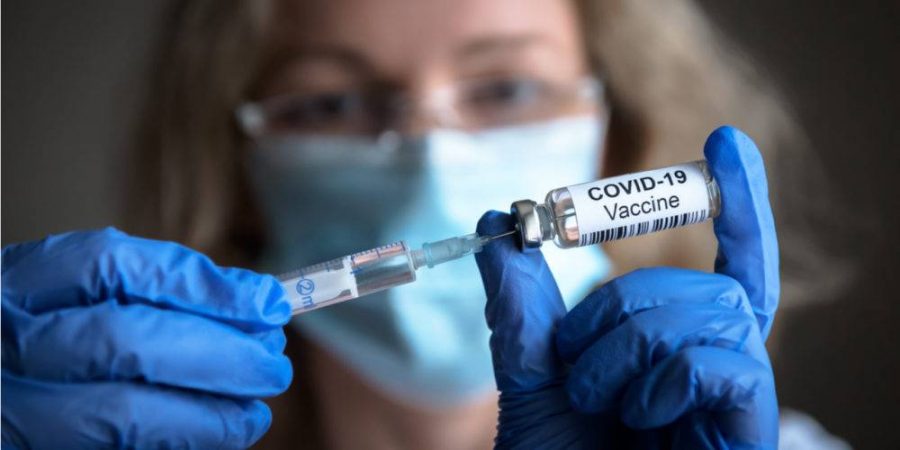A Vaccination Update
April 27, 2021
Finally, after over a year, COVID-19 seems to be coming to a close. Each day, as more and more people get vaccinated, we come a small step closer to defeating the pandemic. However, the battle is still not quite over. In COVID-19’s final days, it is important for everybody, not just adults, to understand what is going on with the vaccines. After all, they are the most important tool for beating the virus. As it is important that everyone be informed, I have provided here a quick update of all the need-to-knows of the COVID-19 vaccine effort.
As of April 18, over 129.5 million Americans have received at least the first dose of one of the COVID vaccines. This number represents 39% of the total population and 48.5% of the prioritized population. Missouri’s vaccine progress is a little bit slower than the national level. In Missouri, only 42% of the 4.9 million eligible adults have received at least one shot. This is about 33.7% of the total population.
With over three million vaccine shots given per day across the nation, significant progress is being made to get back to normal. However, after concerns arose about a potential link between the Johnson & Johnson vaccine and a rare blood clot syndrome (the same blood clot issue with Astro-Zeneca in Europe), J&J’s vaccine was temporarily put out of use. However, the CDC voted on April 23 and decided the benefits of the vaccine outweigh the risks.
Currently, anyone over the age of 16 in the United States is eligible to receive a vaccine. Moderna is available for anyone over 18 and Pfizer for anyone over 16. At the time when the Johnson & Johnson vaccine was halted, it was authorized only for people over 18.
As vaccine eligibility opens up to include more and more people, I’m sure many of my fellow students are beginning to wonder when we are going to be getting the vaccine. Some students are already eligible for the Pfizer shot if they are over 16, but the rest of us can’t get it yet. That may be changing soon. Pfizer has already tested its vaccine on children and have announced that it is safe and extremely effective for kids ages 12 through 15. On April 9, Pfizer requested that the FDA expand approval for its shot to kids in this age group. This process is currently in progress, but will take several weeks. It is good to keep in mind also that kids will not necessarily be receiving the vaccine the moment that they are eligible. Fifty percent of eligible people nationwide are still not vaccinated and kids are not the top vaccine priority. I believe that many of us Priory students can expect to be getting the Pfizer shot(s) at some point this summer or early in the next school year.
Moderna too has begun testing on children, ages 12 through 17. Johnson & Johnson as well had announced plans to test on kids before its use was halted. Even further, both Pfizer and Moderna also began testing in children six months to 11 year of age last month.
Though it has been slow so far, the vaccination progress has begun to move much faster. Over three million shots are being given nationwide each day. With the number in mind, we can be hopeful that this pandemic is in its last days. The Pfizer vaccine is on the brink of being authorized for kids 12 through 15 and testing is already being done for children as young as six months old. I do not believe that it would be too far-reaching to say that by the next school year, most of us students will be vaccinated.
